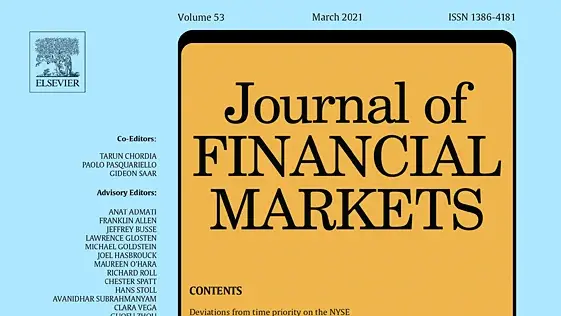As leveraged loans are of paramount importance for financing of high-risk companies as well as leveraged buyouts by private equity firms, their secondary trading volume is continuously increasing. In comparison to stock and bond market research, there are almost no studies about secondary market trading of leveraged loans. In their paper “Trading Costs of Private Debt”, Andreas Keßler and Thomas Mählmann analyze transaction costs, the costs occurring for demanders of market liquidity at the secondary credit market.
Firstly, the authors investigate the “theory of funding constraints” using time series regression. According to this theory, supply of liquidity becomes increasingly difficult for market makers and dealers in declining markets, leading to increasing transaction costs. Besides liquidity supply, possible effects of liquidity demand are examined as well, which can for example result from excessive outflow of investment funds. Indications for both, the liquidity supply and demand effect are discovered as transaction costs rise faster with decreasing market prices as well as excessive credit sales (“Fire Sales”) as they fall with increasing prices and credit purchases.
Moreover, the paper assesses two well-known theories of market microstructure literature, inventory holding costs, and costs of asymmetric information. The authors’ analyses substantiate both theories as transaction costs are significantly correlated with credit price returns, price return volatility, competition amongst market makers and credit and trade volume. The paper also verifies the obvious assumption, that considerable information asymmetry is prevalent on the credit market: The compensation of market makers for the adverse selection risk accounts for approximately one third of total trading costs and increases especially for large and volatile credits with extreme historical price developments. Finally, the paper proves a central finding of classical asset pricing theory for the credit market: Low asset quality is related to higher expected returns. As a result, the paper delivers a first comprehensive and detailed insight into the essential determinants of market liquidity for traded credits.
